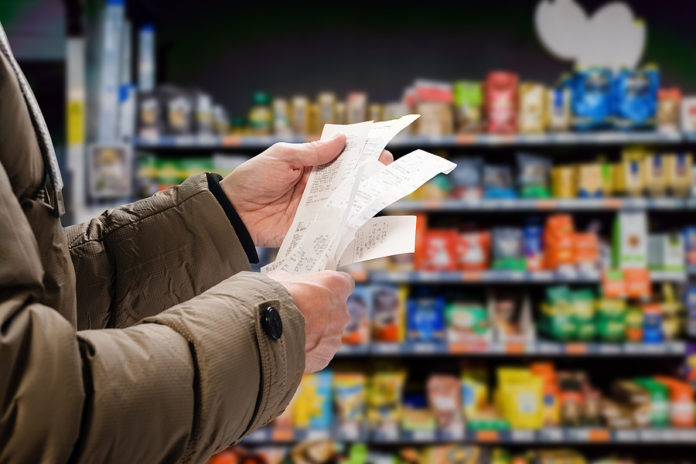
Food prices in all categories increased last year due to various challenges associated with COVID-19. According to BLS data, food prices overall increased 3.9%, which was more than double the increase in 2019. The food at home category also increased 3.9%, representing the largest year-over-year increase since 2011.
Prices will likely continue to increase this year, and several food and beverage companies, including Coca-Cola, General Mills, Kraft Heinz, and Conagra have signaled that they will raise prices in 2021.
In a blog post published last week, Katie Denis, the VP of research and industry narrative at the Consumer Brands Association, outlined three reasons prices for CPG products are increasing.
1. Increased raw materials costs
Denis noted that producer prices were up 4.2% year-over-year in March, which is also the largest YoY increase since 2011.
Food manufacturers have also highlighted increased commodities costs. Kraft Heinz CEO Miguel Patricio told Reuters that they’ve seen inflation “in grains and everything related to grains….Sugar has big inflation; mac & cheese because it has wheat; mayo because it has oil; salad dressing because it has oil; all sweet products like desserts.”
Raw materials cost increases have extended to the packaging as well. Denis wrote that aluminum, plastic wrap, and cardboard are all more expensive than they used to be.
2. Increased labor costs
Labor costs are up across the board. According to the latest Employment Cost Index Summary from the BLS, compensation costs for private industry workers increased 2.8% from March 2020 to March 2021. This included a 3% increase in wages and salaries and a 2.5% increase in benefit costs.
Denis mentioned that wages in food manufacturing were 3.4% higher in Q3 2020 than in Q3 2019 (amounting to an extra $900 million) because employers offered higher wages, bonuses, and incentive pay, at least temporarily.
Even now, with unemployment still high, the food industry (along with many other industries) is struggling to find workers. An analysis by the Economic Policy Institute suggests that workers will be difficult to find unless employers meaningfully raise wages, which may lead to even more price increases.
3. Increased shipping costs
Finally, trucking has gotten considerably more expensive. Not only are drivers in short supply, but gas prices have increased — a situation that is currently being exacerbated by the hack of the Colonial Pipeline.
Denis noted that e-commerce is also “putting additional stress on the shipping market.” With most consumers who shopped online during the pandemic intending to keep shopping online after the pandemic, this additional stress is likely to become par for the course.




